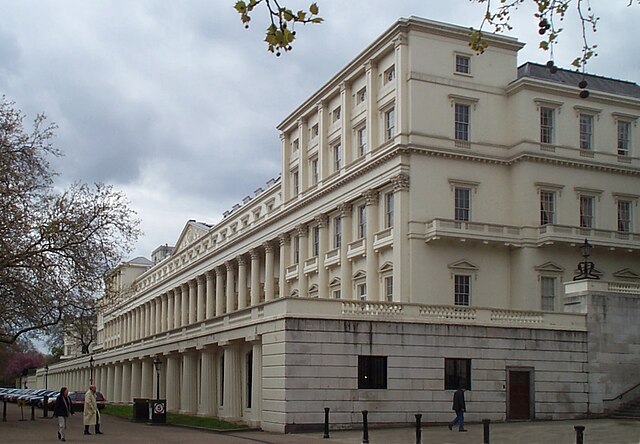
Why did the Royal Society begin? The Royal Society was formed in 1660 and it was started to bring like-minded scientists together and encourage research and discussion.
The Royal Society in Britain is the oldest continuously existing scientific academy in the world, but it is not the earliest. That is the Accademia dei Lincei in Rome, which was formed in 1603. This Italian academy does still exist, but it was dormant for a couple of hundred years. Many national scientific academies sprang up in the 17th century. Some survived and some didn’t, but the 17th century was the scene of a huge jump in scientific research and knowledge. Many of the discoveries that made the Industrial Revolution possible happened in the 17th century. This time was known as the scientific revolution and so many things changed. To understand why the Royal Society began in 1660 and the Accademia dei Lincei began in 1603, we need to look at what was happening in the scientific world at that time.
From the middle of the 16th century onwards, science was undergoing drastic changes. This is known as the Scientific Revolution and it is said to have started in 1543 when Nicolaus Copernicus’s theory that the Earth actually went around the sun was published on his death. However, it wasn’t so much a revolution as a snowballing of information and ideas. One of the biggest pushes for this change was the introduction of the printing press and paper mills. Before the printing press, to learn about scientific discoveries, you either needed to hear a lecture by the person who had made the discovery or find a handwritten copy of their book, which was very rare and very expensive. The printing press enabled books to be copied quickly and in large quantities. Paper mills helped to bring down the price of paper, so people could afford to buy these books and read these ideas. The thing about scientific discoveries is that they build on each other. The more discoveries there are, the more there will be. Once scientists were able to read about research or discoveries that had already happened, they could use that to further their own research and come up with even more discoveries. Everything snowballed. The way science was carried out changed as well. It became much more empirical, demanding standards of experimentation and proof. Alongside the growing number of books, schools and universities sprang up to educate people. The printing press was a big cause of all this, but none of it would have been possible without the agricultural revolution as well, which produced more food than was necessary for the first time and freed up a lot of people from working the fields.
And this is the society that the Royal Society emerged in. The Royal Society didn’t emerge fully formed but rather as a coming together of several different groups of scientists. One of those groups centered around Robert Boyle, a scientist who is sometimes called the first modern chemist. Robert Boyle did a lot of work with pressure and gas and we know his name because of Boyle’s law. He and his group were interested in the sciences, but they were also interested in the developing “new” scientific method that was gradually changing the study of science. His group of peers called themselves the Invisible College and they often met to share their ideas and work together. There were several other groups that all met frequently as well in different academic locations around the country. At that time, France and Italy both had national academies of science and it was generally agreed that it would be a good idea if Britain had one as well. On November 28th, 1660, 12 of these scientists got together and had the very first meeting of the Royal Society. Except, it wasn’t “royal” at that point. They called it “A colledge for the promoting of physico-mathematicall experimentall learning.” The idea of the society was that they would gather information and add to it as much as possible. Within 2 years, King Charles II, who was very interested in science, gave them a royal charter and the Royal Society was born.
These days, the Royal Society has people from all walks of life, both men and women. There are 1,800 fellows of the Royal Society and 85 of them are Nobel Laureates. However, the society hasn’t always been so mixed. For the first almost 300 years of its history, there were only male scientists. The first woman admitted was Kathleen Lonsdale in 1945. Also for the first several hundred years, nearly all of the scientists were wealthy because only wealthy people could afford to indulge in science.
The motto of the Royal Society is “nullius in verba”, which means “take nobody’s word for it.” That is a rather wonderful motto. And this is what I learned today.
Try these next:
Sources
https://royalsociety.org/about-us/who-we-are/history
https://en.wikipedia.org/wiki/Royal_Society
https://www.sciencemuseum.org.uk/objects-and-stories/17th-century-society-transformed-science
https://en.wikipedia.org/wiki/Scientific_Revolution
https://www.history.com/news/printing-press-renaissance
Image By Copyright Kaihsu Tai – Copyright Kaihsu Tai, CC BY 2.5, https://commons.wikimedia.org/w/index.php?curid=278849
